One of the simplest ways to differentiate shoes is by their level of cushioning. Cushion is created by adding more or less foam to the midsole of a running shoe. A taller midsole equals more cushion and thus more impact absorption.
There are three levels of cushion: maximum cushion, over cushioned, and traditional cushion. This article explains the benefits of each and organizes our most popular trail running shoes into these three categories.

What is stack height?
Stack height is the most common measurement of the midsole of a shoe. It corresponds to the height of the midsole under your heel and is most often expressed in millimeters. Most shoes have a ramped design, where the stack height under your heel is taller than the stack height under the ball of your foot. The difference between those two measurements is known as "drop". To put these terms into practice, imagine a shoe with a 32mm stack height and 6mm drop. With that information, you would be able to determine that there is 26mm of cushion under the forefoot. Is that a lot of cushion? Let's find out.
More than an imaginary example, the Dynafit Ultra 100 has a stack height of 32mm and a 6mm drop. It's one of our Staff Pick running shoes.

The three levels of shoe cushioning
Let's explore how different stack heights compare to each other. Our most cushioned shoes have a stack height of 35mm and up. These shoes are referred to as "maximum cushion." Shoes with a 25-35mm stack height we call, “over cushioned.” Lower stack heights, less than 25mm, are "traditional" cushion shoes. Today, most trail running shoes are over cushioned. That said, it's only recently that over cushioned shoes have become the norm. Almost all shoes used to have low stack heights, explaining why they are called traditional cushion.
Maximum cushion shoes, explained
Maximum cushion shoes are designed to reduce wear and tear on your body. A large volume of EVA foam in the midsole works to absorb impacts before they reach your bones and joints. Max cushion shoes were originally designed for the ultra running crowd in an attempt to create shoes that could keep you running comfortably for as long as possible. They are also popular with people who spend all day on their feet and want to be comfortable day after day.
Max cushioning has another interesting characteristic. Our shoes with higher stack heights tend to be more supportive than traditional shoes as the additional foam creates a stiffer midsole. Trying to bend a max cushion shoe side to side easily demonstrates the additional stiffness and support you can enjoy from them. Now, just because the midsole is stiff while bending it with your hand, does not mean it feels stiff during use. Quite the opposite. A max cushion shoe often feels incredibly soft underfoot as the cushion provides a forgiving barrier between your foot and the ground.
The versatility of over cushioned shoes
Over cushioned shoes are both comfortable and versatile. Many over cushioned shoes have the same pillowy feel of a max cushion shoe, but with additional performance. An important concept in running is called proprioception. Proprioception is your ability to feel the ground underneath you and respond accordingly. Max cushion shoes can impede your ability to feel the ground underneath you, while over cushioned shoes bring your foot closer to the ground allowing for more ground feel. That added ground feel can help you achieve higher performance in technical trail running in varied terrain.
Over cushioned shoes can play a major role in your training program. A daily-driver shoe with 25-35mm stack height won't slow you down yet will provide ample impact absorption. Look for an over cushioned shoe for your next training shoe.
Often, brands will offer an over cushioned shoe model and a lower-stack-height race shoe model that have similar characteristics. This can allow you to train in your over cushioned shoe, while limiting injury and impact on your body. Then, when you switch to your race shoe you can enjoy similar characteristics in a lightweight shoe that will get you to the finish line faster. Most lightweight race shoes have traditional cushioning.
The Tomir is an over cushioned version of Nnormal's ultralight race shoe, the Kjerag.
The stability of traditional cushion shoes
Some critique the current trend in over cushioned shoes as leading to lower stability across the board. These folks have physics on their side! With a cushioned midsole, and therefore increased shoe height, these shoes raise your center of gravity making you slightly more prone to tipping over. Traditional cushion shoes, on the other hand, get your foot as close to the ground as possible to create a position of maximum stability. If you have been running for a while, this might be a style that you are more accustomed to.
A lighter shoe is, all else equal, a faster shoe. Traditional shoes are almost always light lighter and more flexible. A flexible shoe offers the ultimate performance in ground feel and proprioception. Both of these qualities are benefits of less foam in the midsole.
Light, barely-there shoes have remained incredibly popular for trail runners who are looking to win races and excel in complex terrain.

How to go even lower? Zero drop shoes
Another way to get increased stability and ground feel is to use a zero drop shoe. Zero drop shoes are exactly as they sound. There is no drop meaning no difference in stack under your heel and forefoot. Eliminating drop allows your foot to strike the ground in a more natural way; striking the ground closer to your forefoot or arch than your heel. This phenomenon gained a lot of popularity with the barefoot running movement. If you have time to retrain your feet to zero drop, you can enjoy a traditionally cushioned shoe with natural stability and ground feel.
Zero drop shoes that are also over cushioned are available too. This allows for the natural gait of zero drop shoe with less body impact thanks to the additional cushion. While we won't go so far as to say that this is the best of both worlds, these shoes are an interesting way to explore zero drop with the security of cushion to keep you injury free. The Altra Timp 4 is a great option as is the Topo Pursuit.
Where is the limit with cushion?
We don't want to spread rumors, but it's starting to look like there is such a thing as too much cushion. We recently learned that there is chatter about banning shoes with more than 40mm of stack from racing. A study found that at 40mm and above, you could create a shoe with positive rebound! This would mean that the shoe put out more power than the runner put into it. In one of the more wild sentences that we'll ever type, it's looking like max cushion shoes are the new performance enhancing drug. We promise that all the shoes that we sell are legal, drug-free, racing shoes.



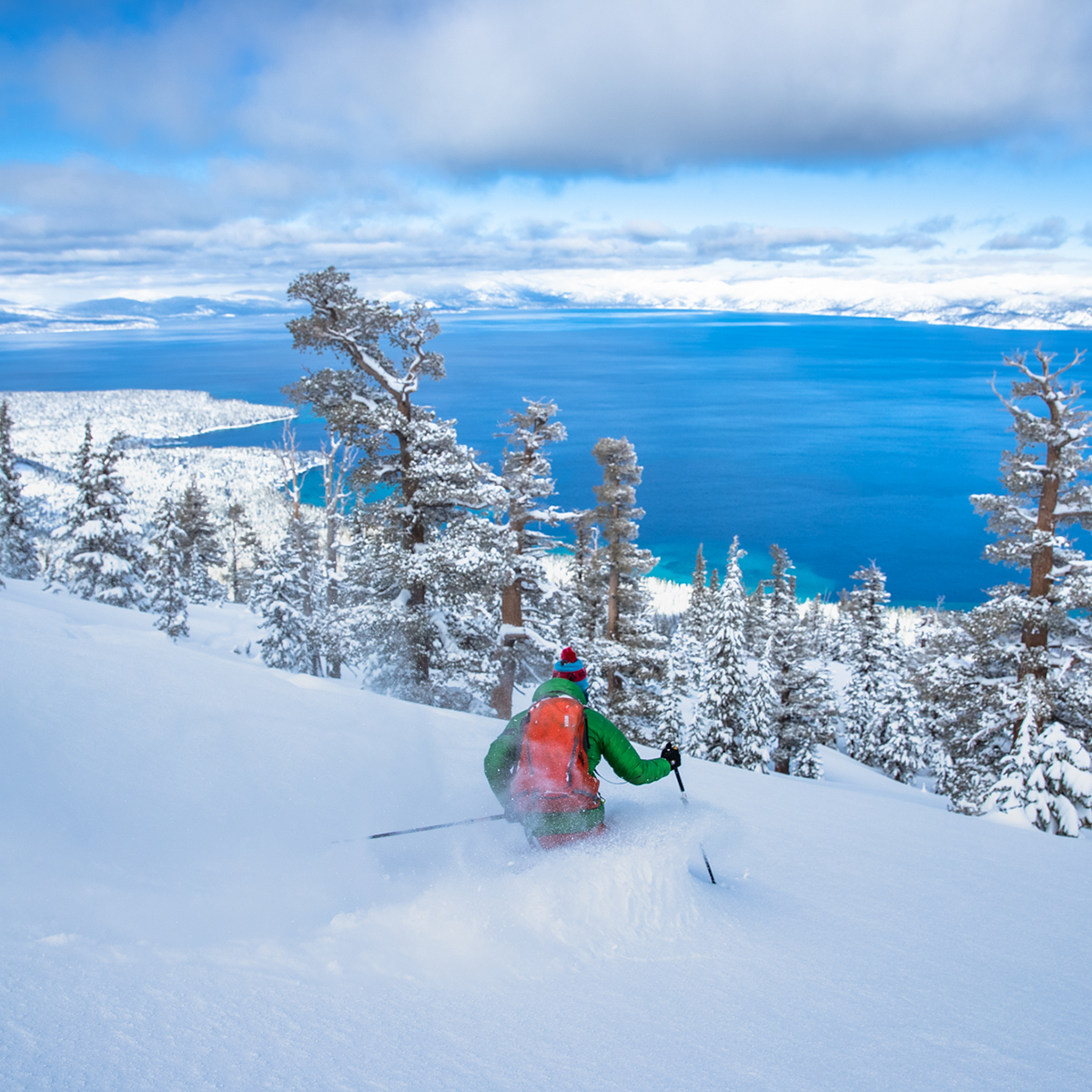

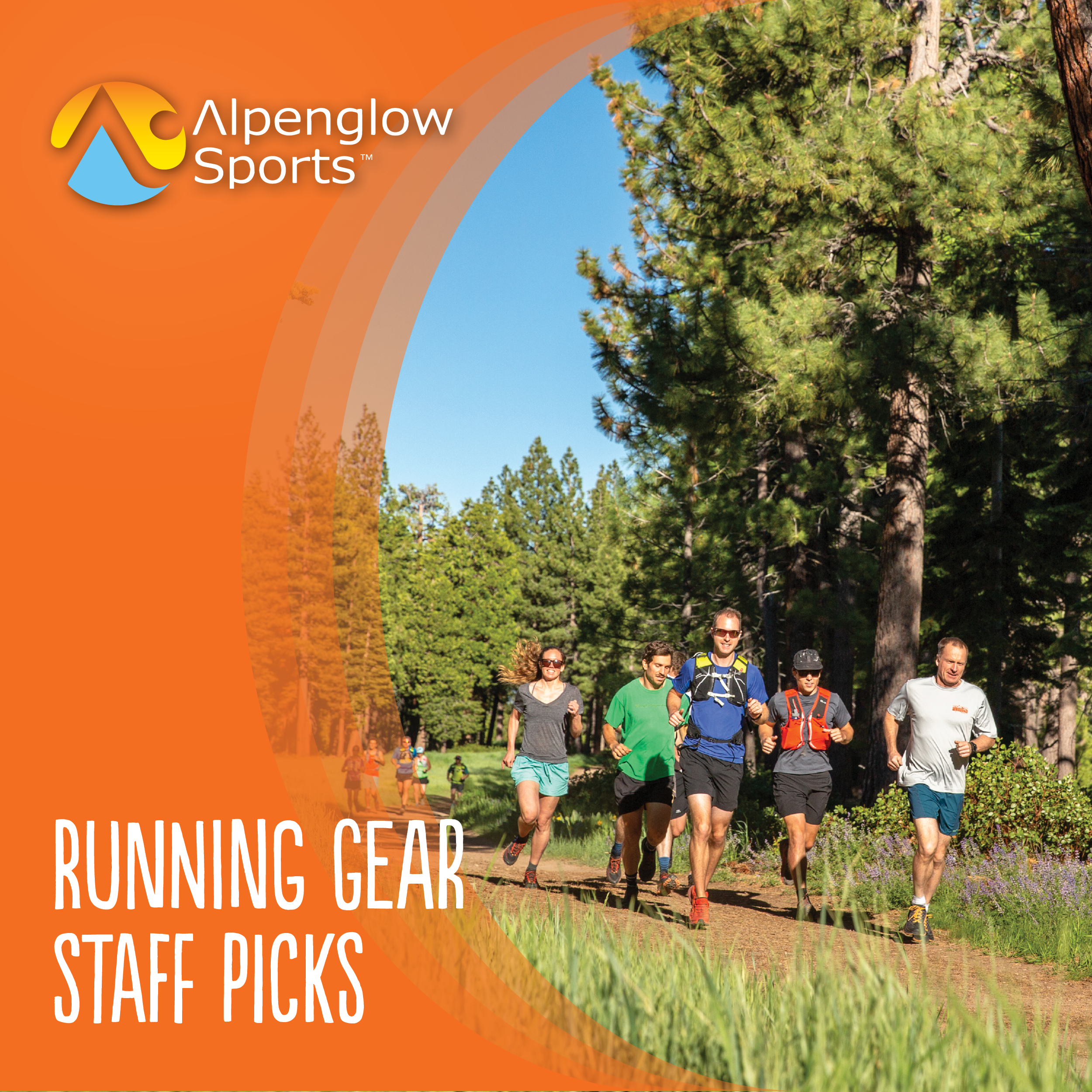

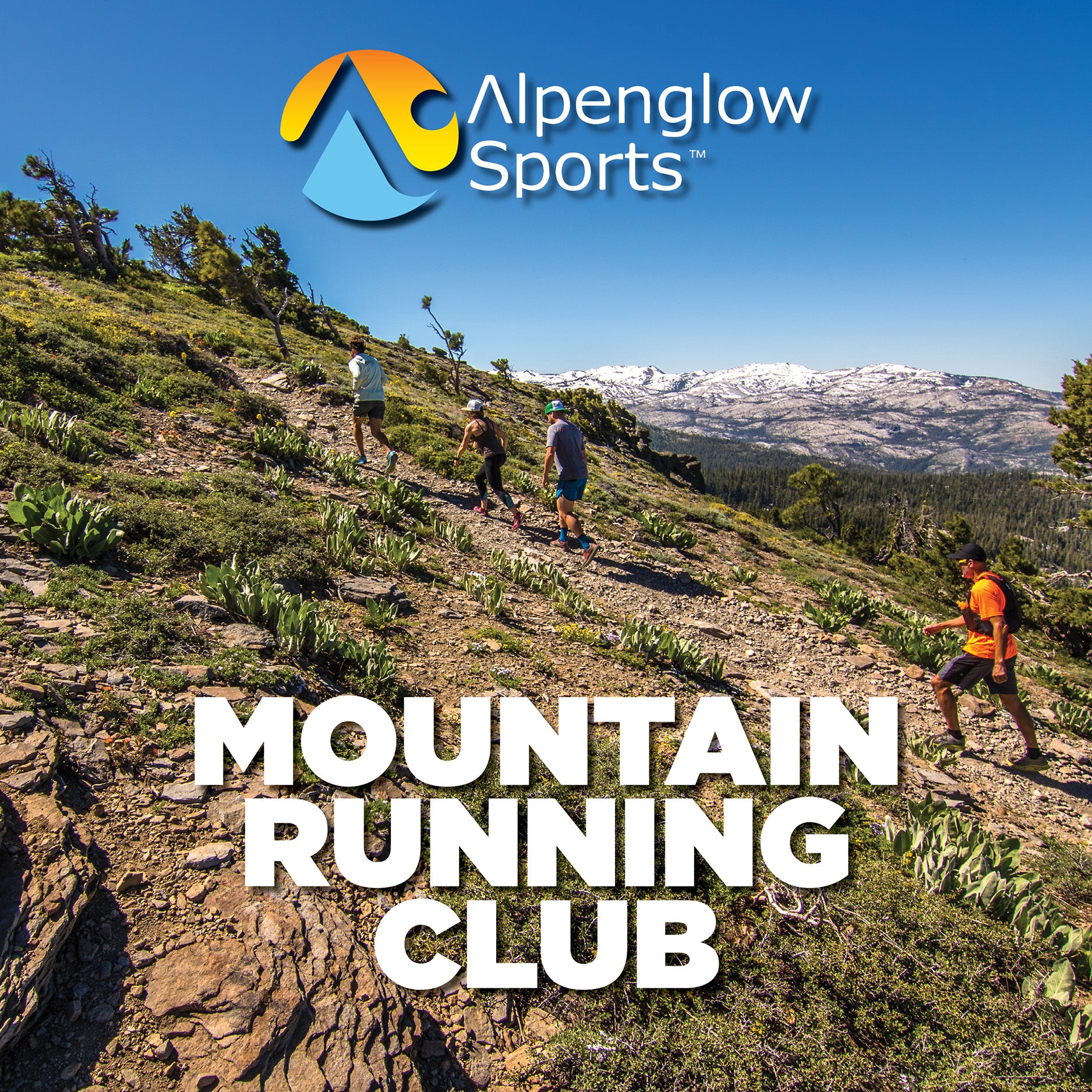
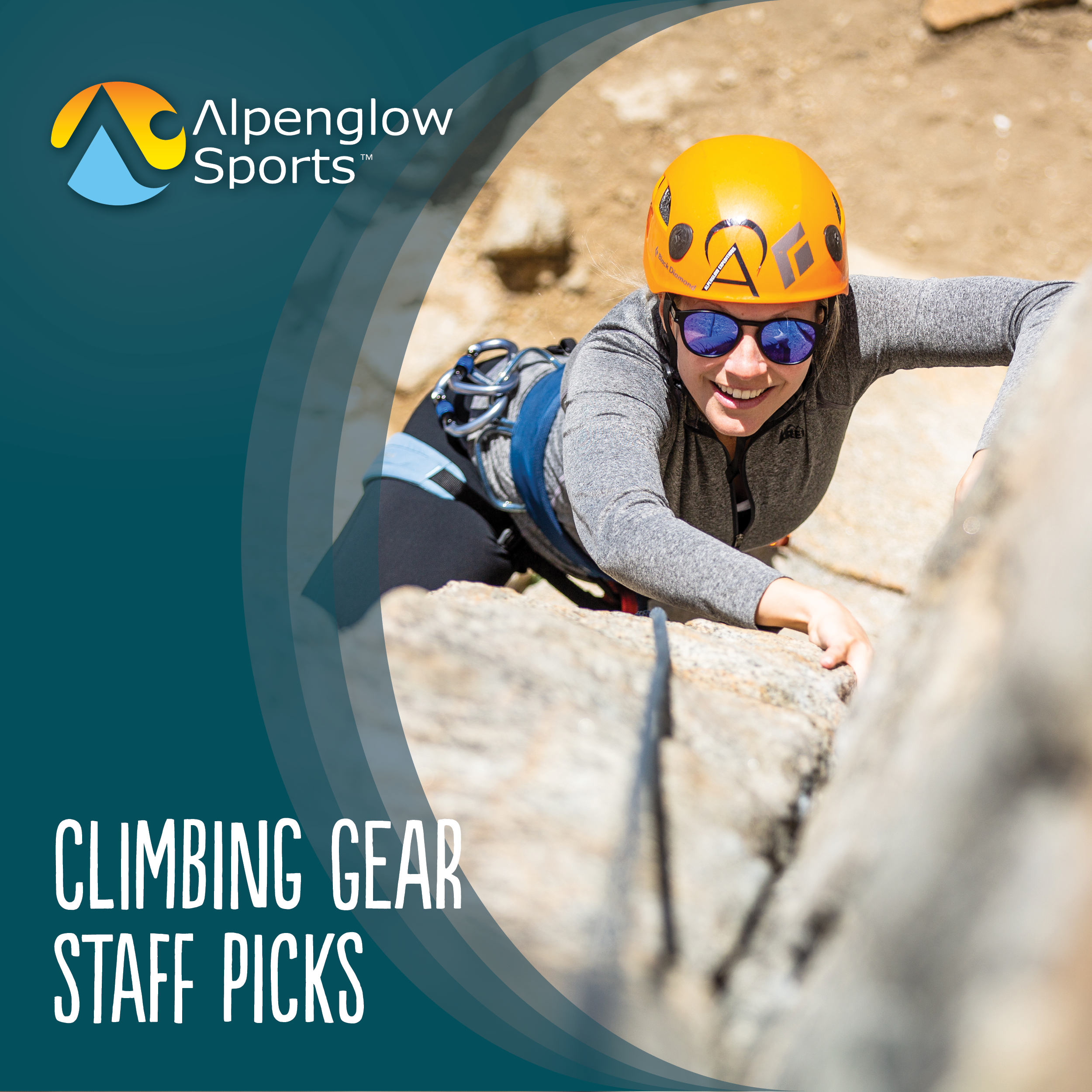




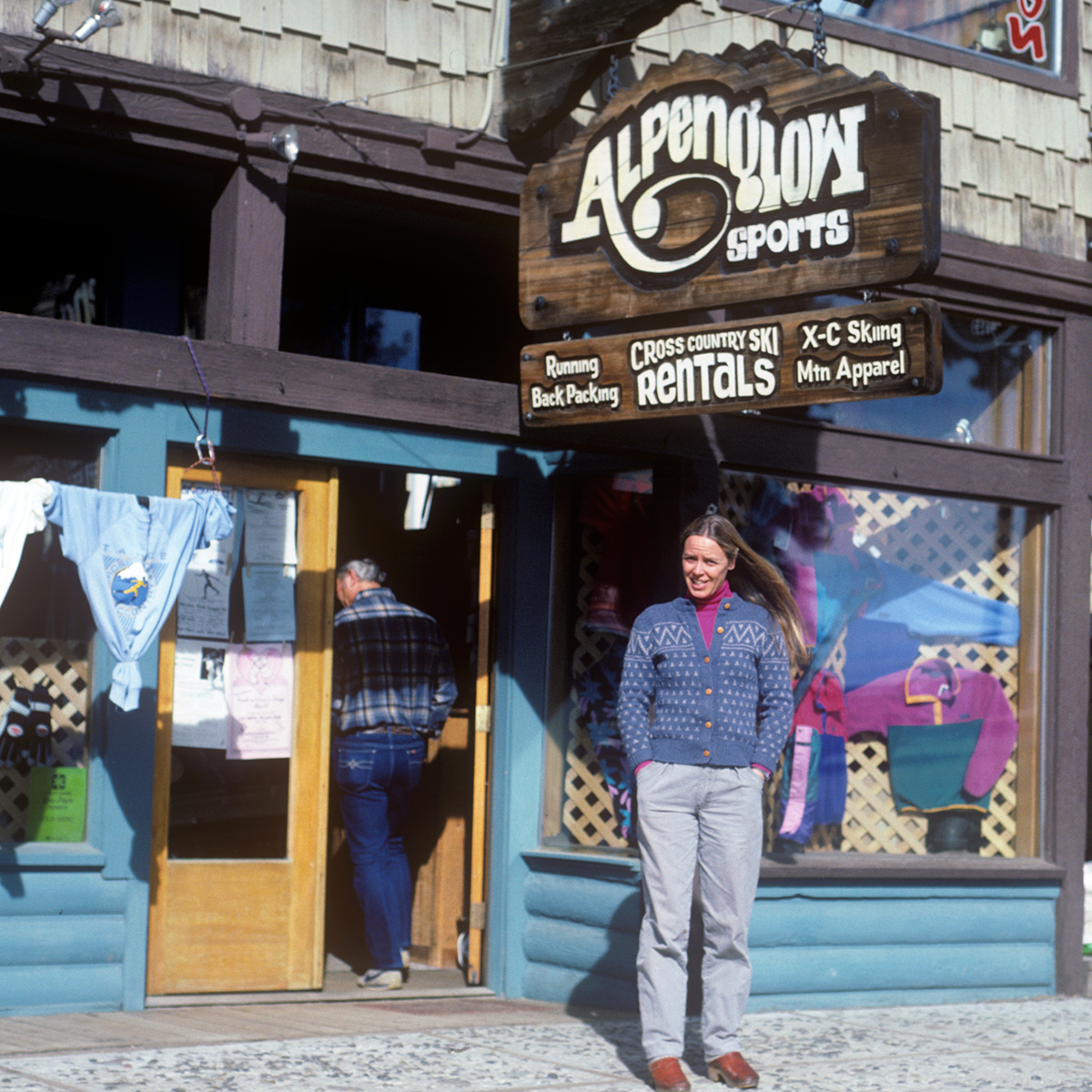




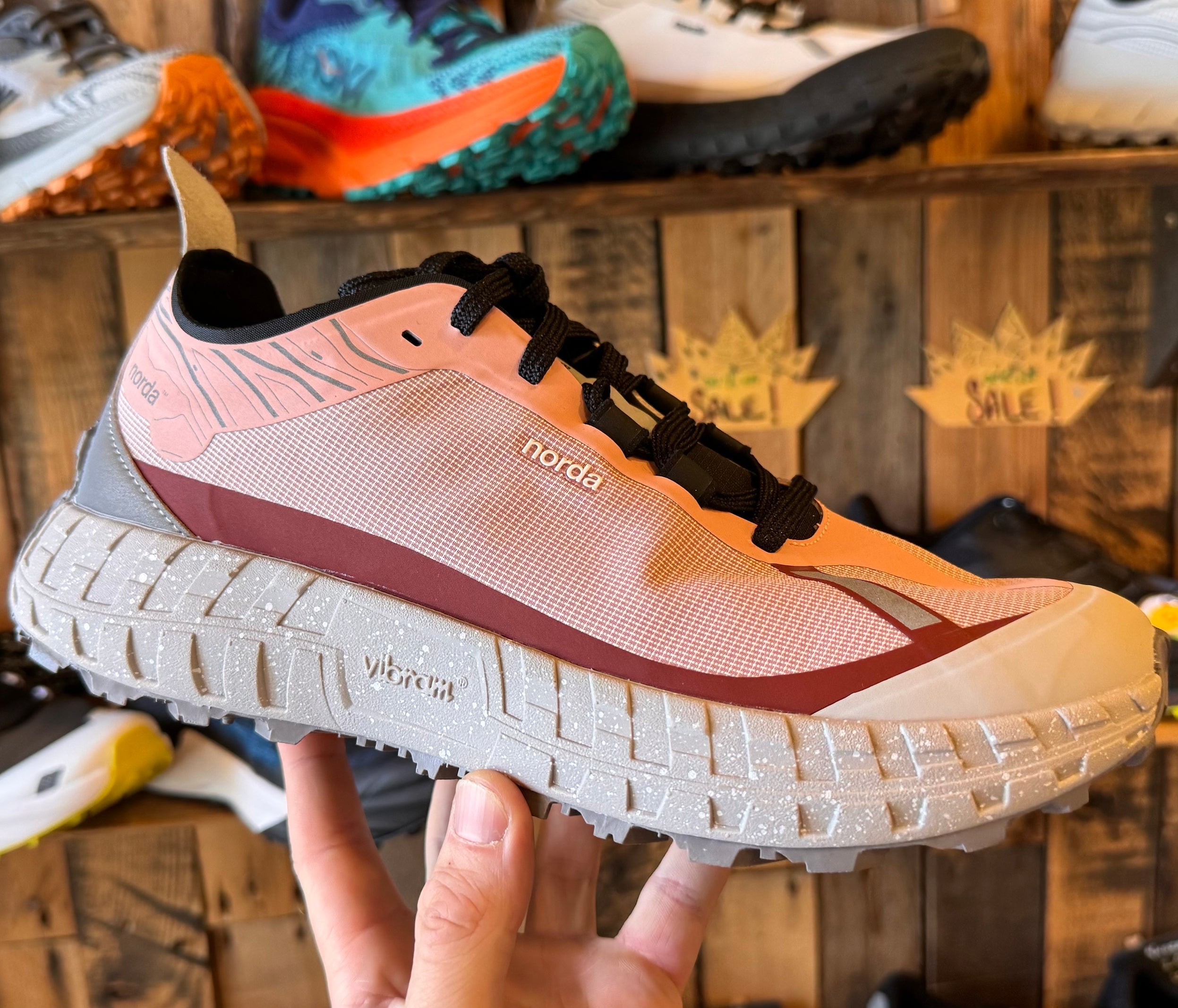
Leave a comment
This site is protected by hCaptcha and the hCaptcha Privacy Policy and Terms of Service apply.